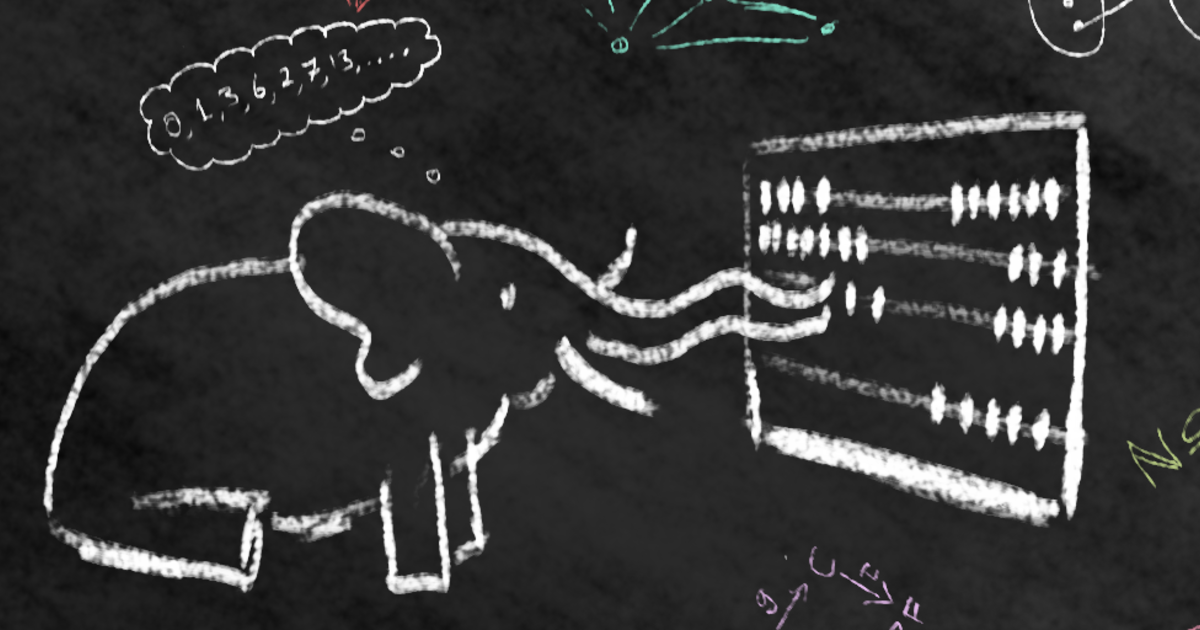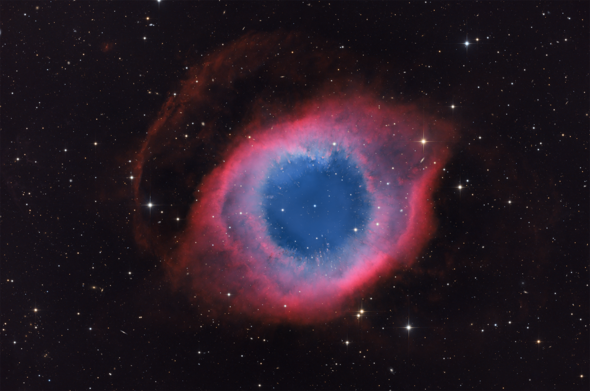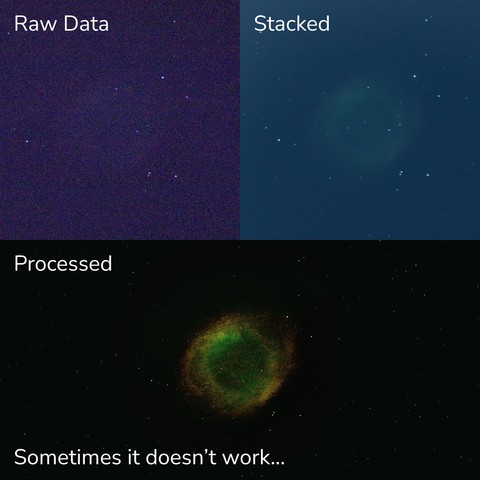Recent searches
Search options
#NGC7293
The Helix Nebula (NGC 7293) is a planetary nebula in the constellation Aquarius. At approximately 655 light-years from Earth, it is one of the closest of the bright planetary nebulae.
The planetary nebula is formed by the shedding of the outer layers of its central star near the end of its evolution. The energy from the central star causes the expelled gases to fluoresce.
High resolution image and technical details on Telescopius: https://telescopius.com/pictures/view/201732/deep_sky/ngc-7293/helix-nebula/by-drgfreeman
Image license: CC BY-NC-SA 4.0.
#NGC7293 last night. Stars had a long spike due to some bad data that I solved in the subsequent targets.
Failed attempt at the Helix Nebula.
It was low on the horizon; my data was atrocious.
I still learned many things trying to process it.
#telescope #telescopes #celestron #celestrontelescope #celestronnexstar #nexstarevolution #nexstarevolution6 #canon #canoneosr7 #eosr7 #astro #astrophoto #astrophotos #astrophotography #astrophotographer #spacephotography #astronomy #spaceexploration #nasa #universe #space #deepsky #deepspace #nebula #helix #helixnebula #ngc #ngc7293 #c63 #caldwell #caldwell63
I've been watching #Eurovision2024 , which, being in Western Australia, means getting up at 2am for a 3am start. This does mean I get to do some cool #Astrophotography in the early early morning. (Not a combination of #hashtags commonly appearing together, I am sure!)
Three nights ago, I got a nice, but short shot of #NGC7293 - the Helix Nebula - only 100x15s at the end of my shooting time.
Last night, as clouds rolled in, I started on that target earlier, but had to compete with light pollution close to the horizon. Still, I was able to get some decent images, even with the clouds, scoring another 178x15s.
So today, after a bit of post-processing of both images, I decided to manually stack them in #Snapseed. If you are working with cleaned up images, this is surprisingly simple - provided you are working on a tablet, not a phone! The end result was still not fantastic, but a definite improvement.
#DwarfII Postprocessing in #Snapseed and #GooglePhotos
Setup : SW 200/800, Caméra 2600 MC, filtre L-Extreme, Monture EQ6-r Pro
#astronomy #astronomie #astrophotography #astrophotographie #ngc #nebula #helix #astrodon
NGC7293 Helix Nebula. Frames taken at Mogadouro, Portugal, my hometown with nicer dark skies. Process in PI. #PixInsight.
@vaonis_fr #myStellina #vaoniscommunity #darkskies #astrophotography #Universe #astronomy #deepsky #NGC7293





